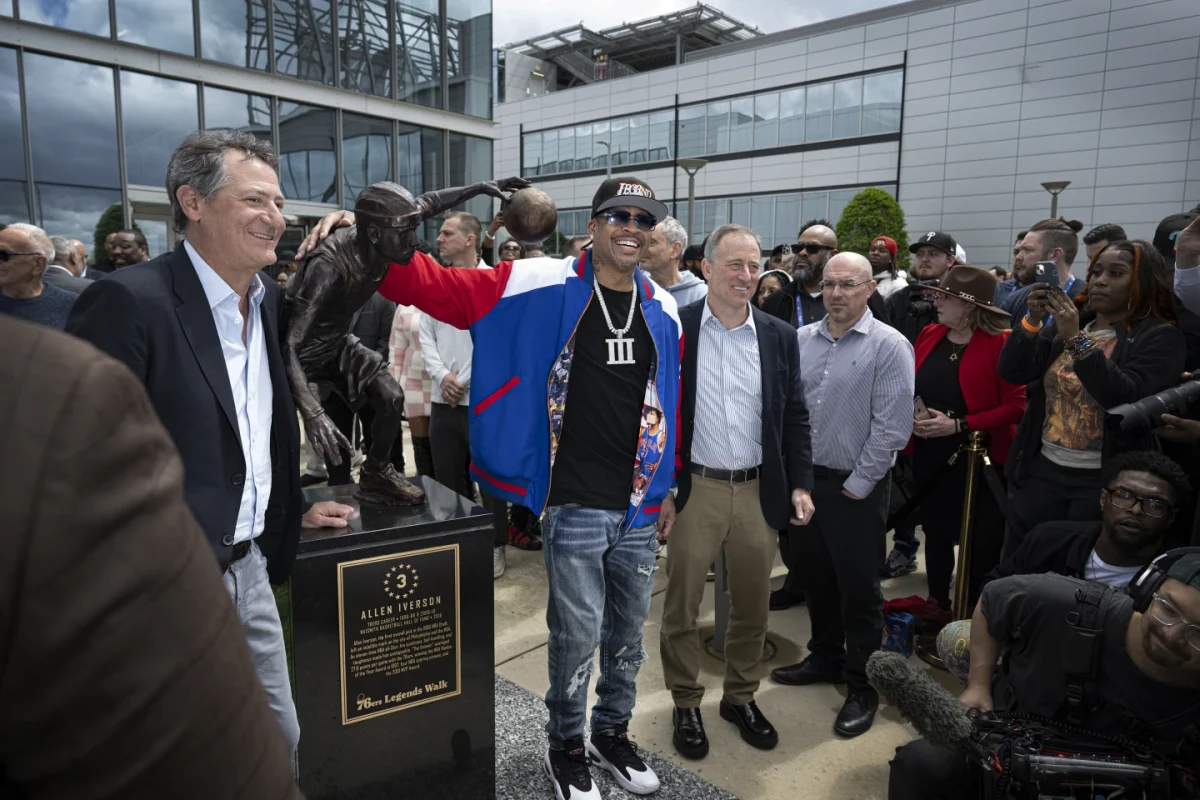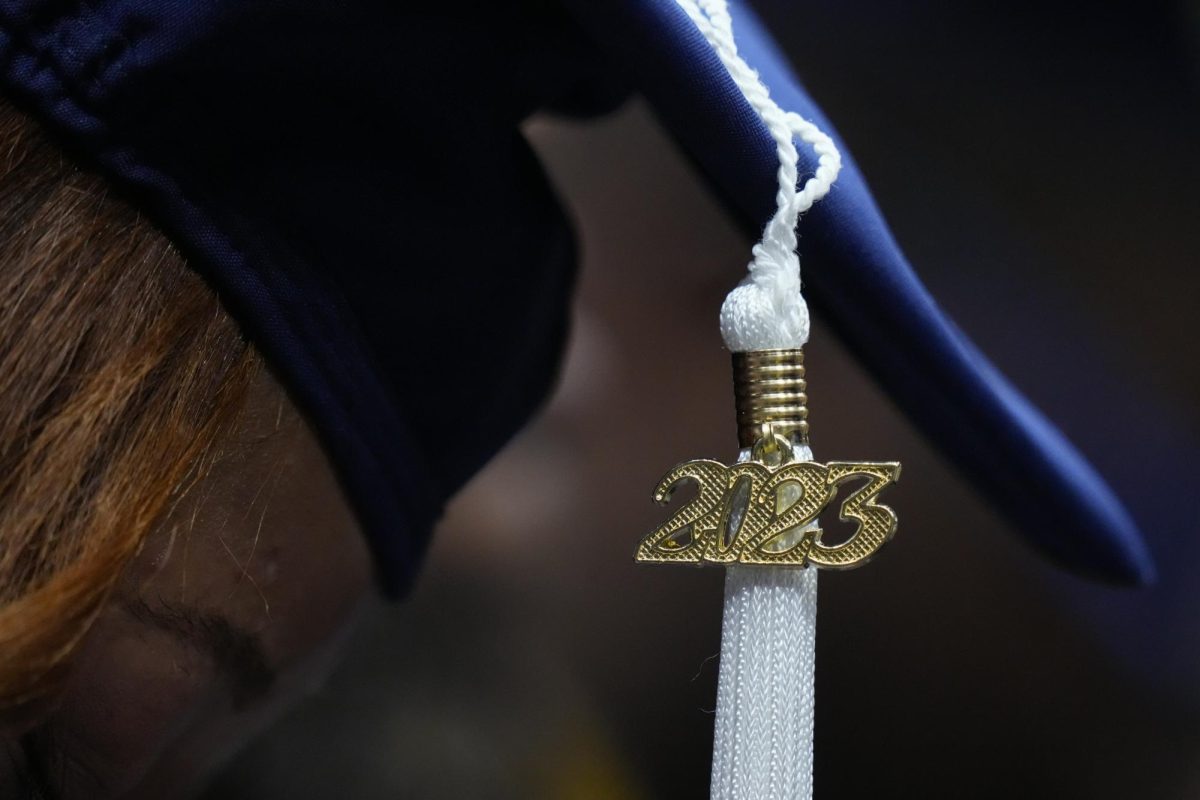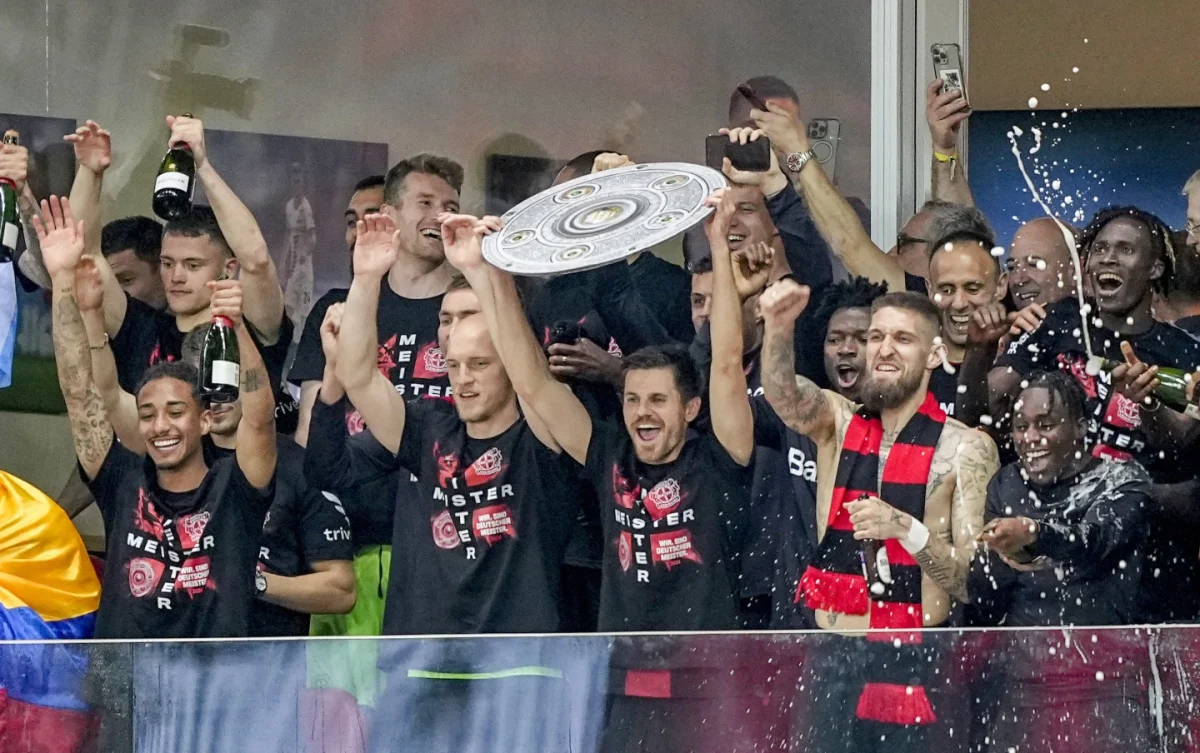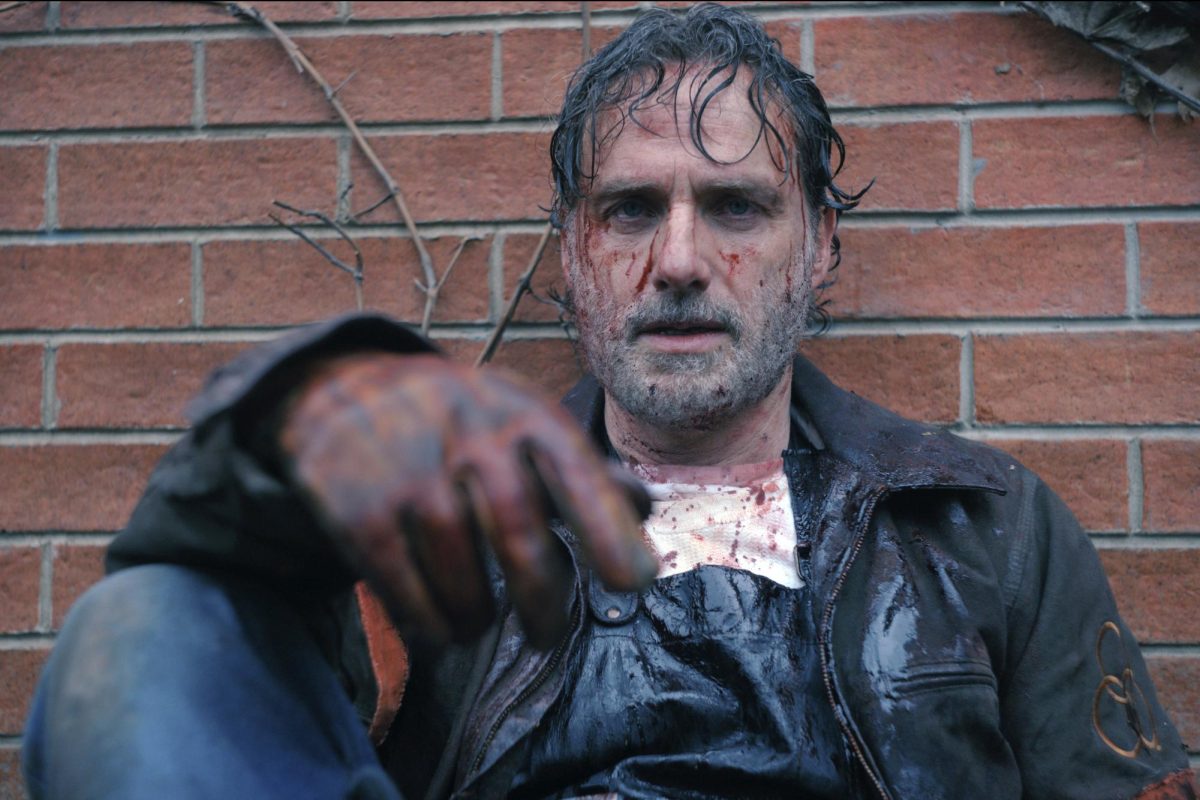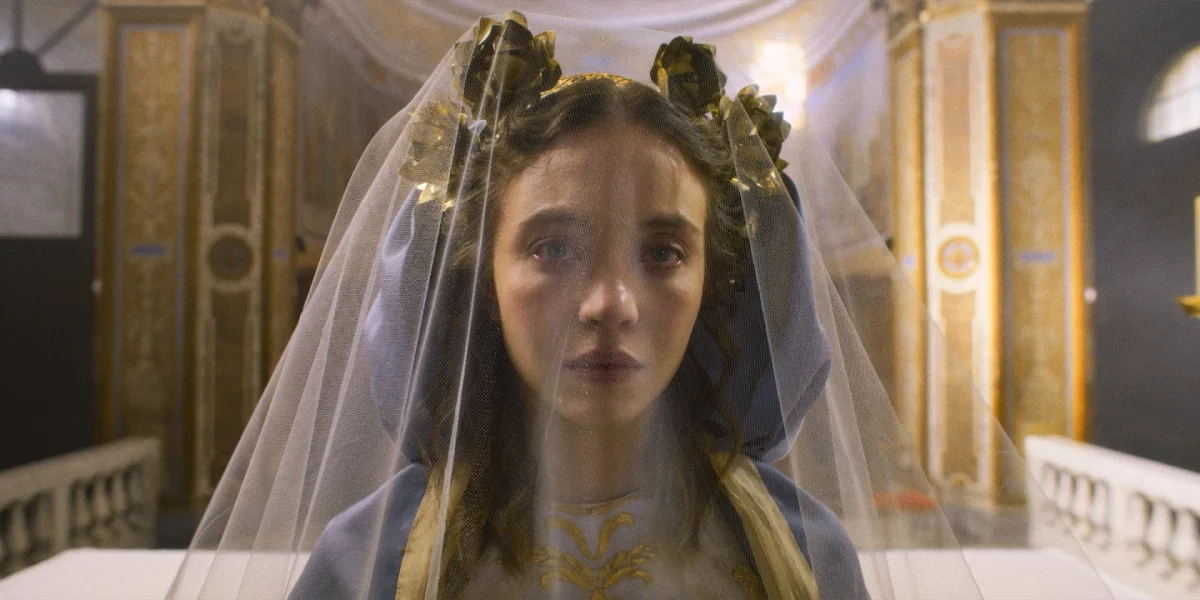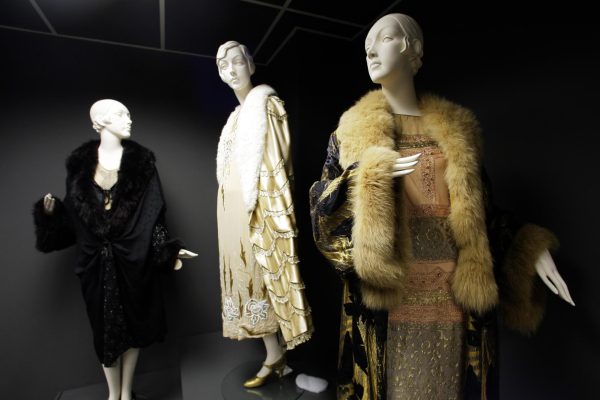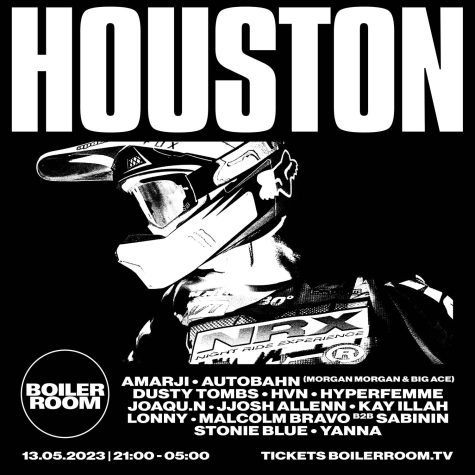In Retrospect: Wait until Dark

June 20, 2017
Wait until Dark is a 1967 thriller, starring Audrey Hepburn and Alan Arkin, that tells the story of Lisa, “the World’s Champion Blind Woman”. She suffers her condition as the result of a bad car accident that happens off-stage before the curtain opens. Since then, she’s been attending blind school, and slowly, yet surely learning to cope with a literal change into a new life. For the most part, however, she has been able to continue living a normal existence.
Then one day, Harry walks into her life. Meet Harry Roat Jr. “from Scarsdale”. He’s a professional courier/hitman of sorts, and his latest escapade involves hunting down a few kilos of heroine stashed away in a musical doll. Through some mix-up the doll wound up in the possession of Lisa’s husband, who has brought it home, and has now misplaced it. This makes Harry very unhappy. Now, after successfully manipulating her husband out of the way, Harry is left alone with Lisa in her tiny apartment, and he is determined to find that doll, whatever it takes.
If the set-up sounds dull, then the final result is a far different beast. The movie telegraphs its nature early on when Arkin’s Roat gets into an argument with his two partners. It escalates to the point that Roat draws a stiletto with a handle carved in the shape of a woman, and one of the henchman picks up an old rotary dial phone and swings it like a medieval mace. It’s at that moment the viewer should realize they’ve entered Insane Clown Posse territory. To top it all off, that scene ends with Roat granting his accomplices access to a closet. There’s a very nasty surprise waiting in that closet. Don’t be surprised if, when that scene comes up, you’ll hear the Twin Peaks theme in your head.
This film works as a perfect transition piece. In DVD making-of feature, Arkin says of his portrayal of the psycho killer Roat, “I think, by and large, the American public had not been exposed to that kind of people, and I don’t think that the reviewers had, so that they felt, initially, that what I was doing was a little bit bizarre.” The reason for this may have to do with the advance the film made in terms of genre tropes. Psychopaths had been a staple of the horror film for a while by the late 60s. Already, by that time, audiences had treated to the prototype with Robert Mitchum’s portrayal of the demented preacher in Night of the Hunter. Then, of course, there was Hitchcock’s instant game changer with the 1960 release of Psycho.
It’s important to remember, however, that each of these films were outliers at the time. The horror genre had enjoyed a brief span of popularity during the Great Depression. For a time, during the 1930s, Universal Studios was responsible for creating the first modern face of the genre with the release of Dracula in 1931, followed close after with Boris Karloff’s iconic performance in Frankenstein. The real-life horror of the Second World War seemed to put a damper on the public’s taste for anything that bumped in the night.
With the advent of the Drive-In feature, the midnight movie was born, thus establishing the creature feature as an actual presence on the screen. This didn’t change the fact that it was still looked down upon as an art form. Psycho was the first film to grab the audience by the jugular and never let go. It forced film goers and critics to sit up and take notice that the genre could deliver an actual, serious film as a product. It also served as a good demarcation point. It signaled a more confrontational approach to violence on the screen. From then on, there was no going back. Afterwards, it was all just a question of where the next step in this new direction lay. Wait until Dark supplied that next step.
It all comes down to the character of Roat. It comes as a genuine surprise that this character has not been entered as an honorary member of the great rogue’s gallery of the horror film. The genealogy of the modern slasher film is inaugurated with Mitchum’s Hunter. Hitchcock was able to cement the slasher film’s identity with Psycho. Years later, John Carpenter would provide its current modern face with Halloween in 1978. However, there wasn’t much chance such a film could ever emerge sui generis. Before the slasher film reached that point, it had to arrive one step at a time. Harry Roat provides a glimpse at one of those forgotten steps. In this character, we see the potential for Hannibal Lecter and Patrick Bateman on the horizon.
Like those later incarnations, Roat is a character whose insanity reveals itself in slow layers that builds a tension of suspense. This suspense grows as the film goes on. Early on, Roat’s two henchmen have him marked out as “trouble”. When they try to take him out of the equation is when he unleashes his full fury and the audience is introduced to the next generation of slasher villain. Arkin is able to breath a deadly, low key menace into this character that does recall the character of Buffalo Bill from Silence of the Lambs in places. It’s a role of a lifetime, and Arkin does the film proud. Still, it’s a shame that this film has somehow never gotten the greater recognition it deserves. With Wait until Dark, a missing and essential chapter in the horror genre has a chance to be recovered.


